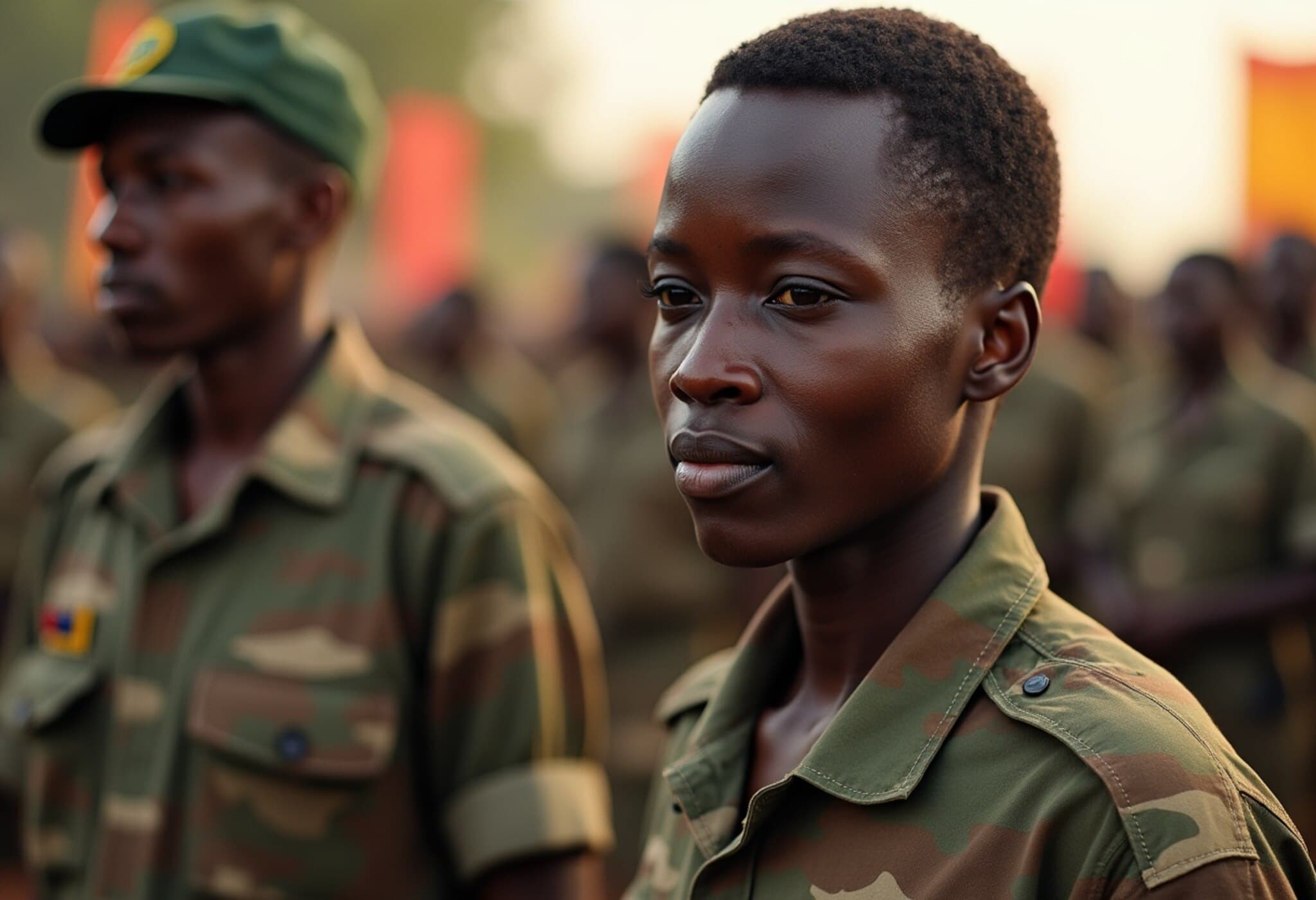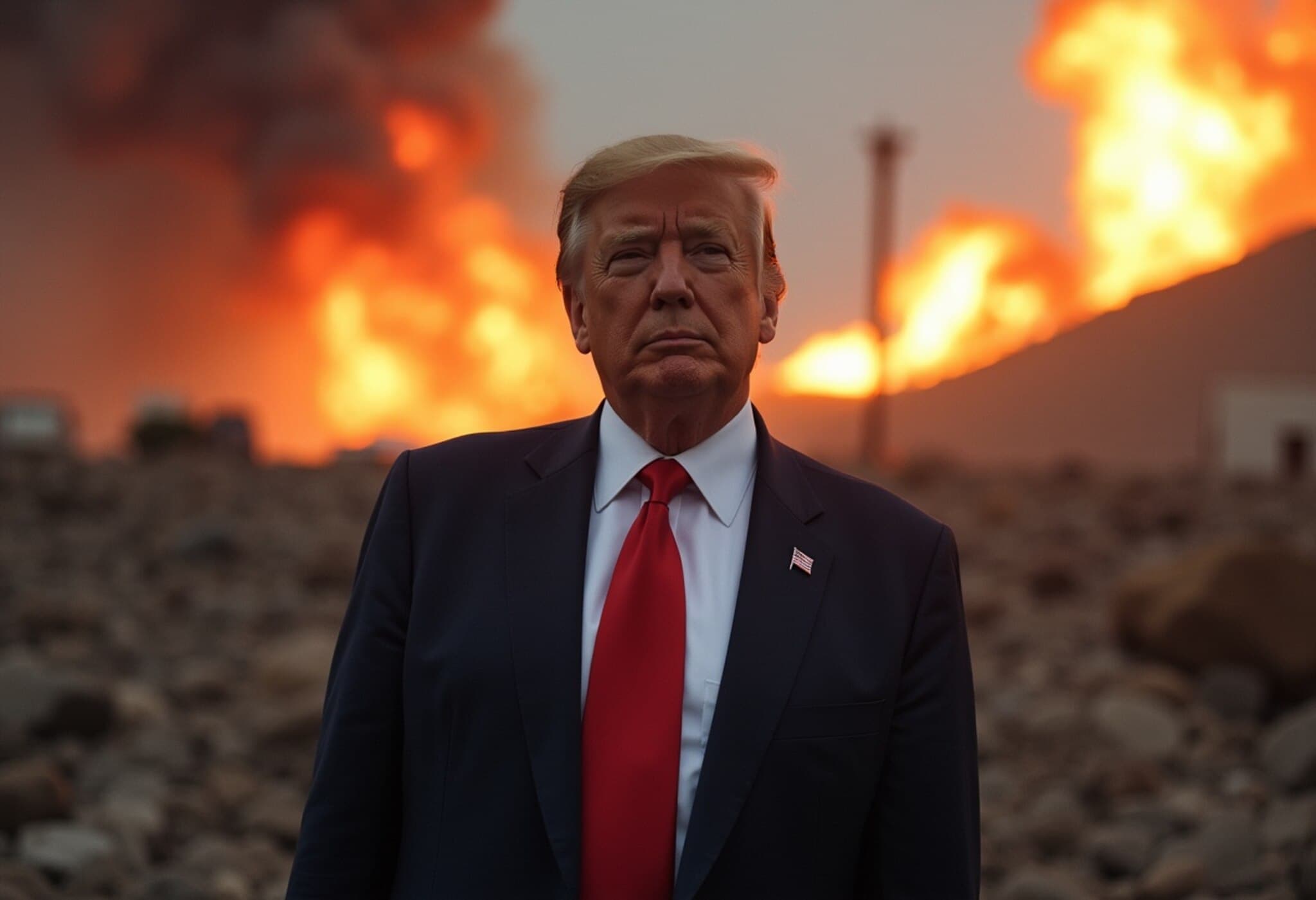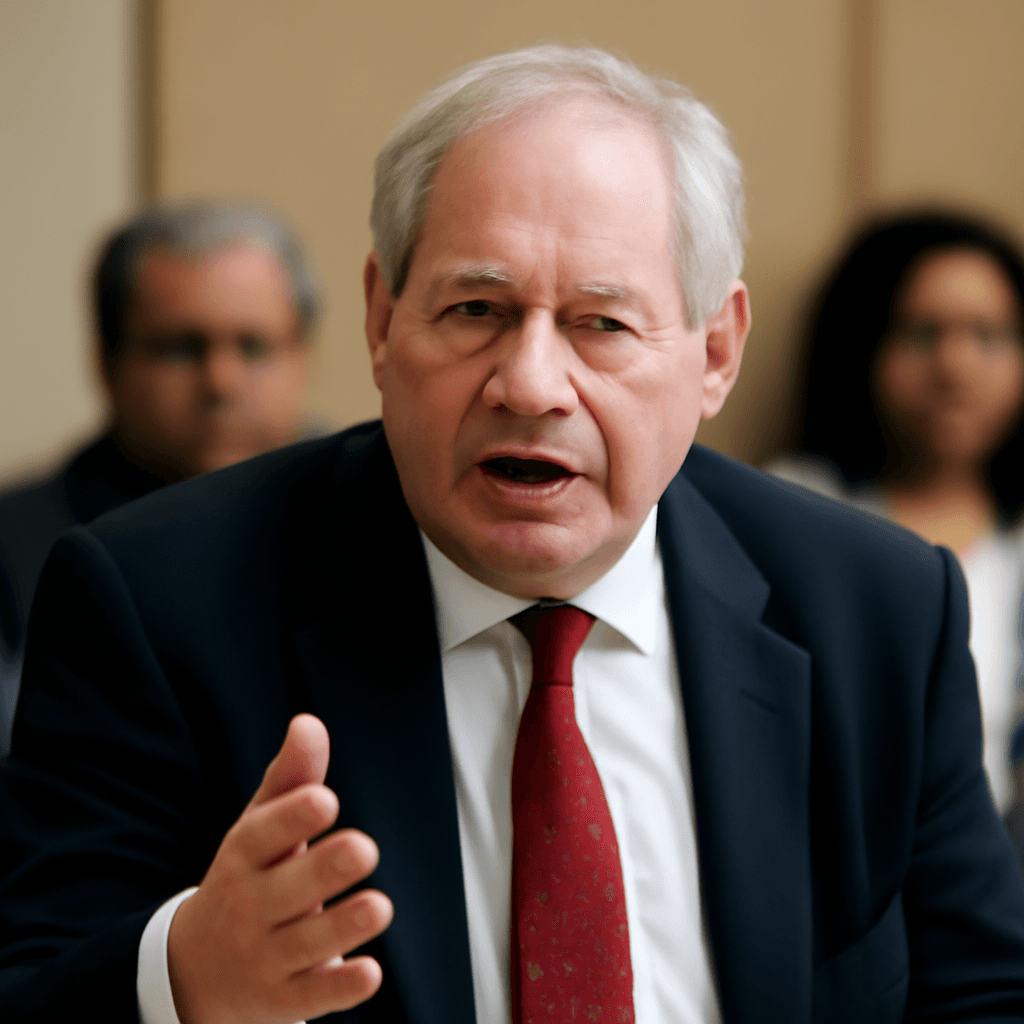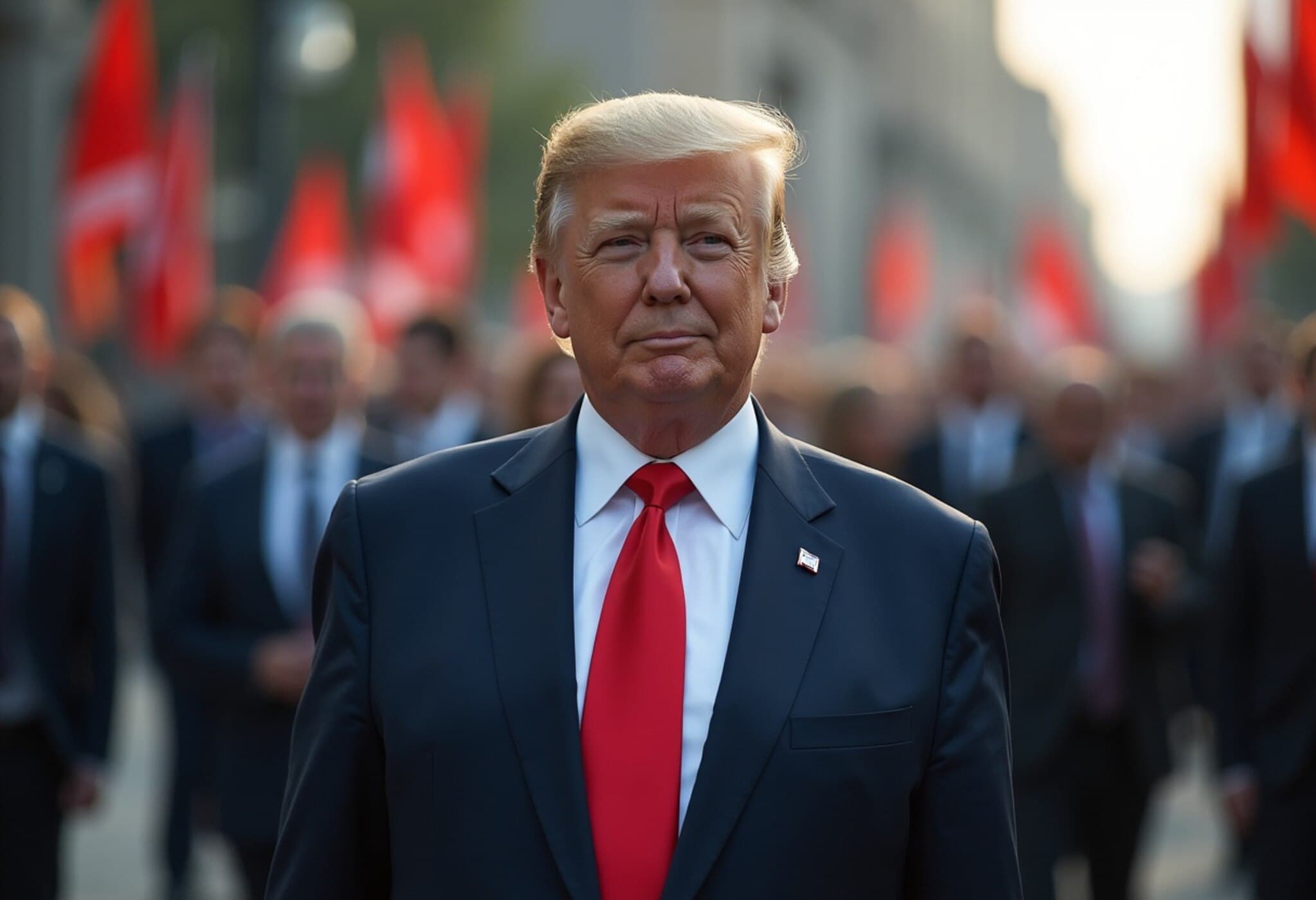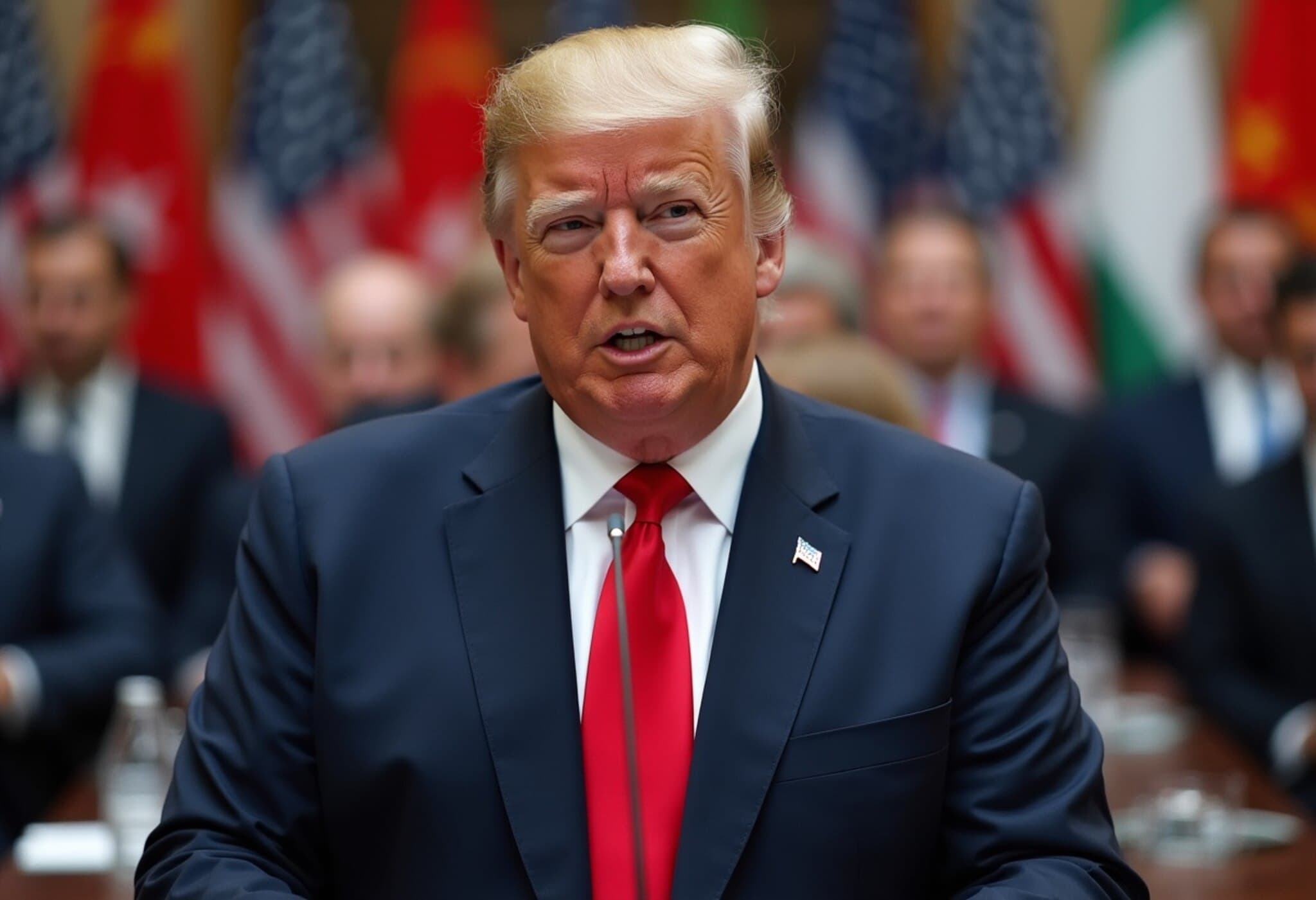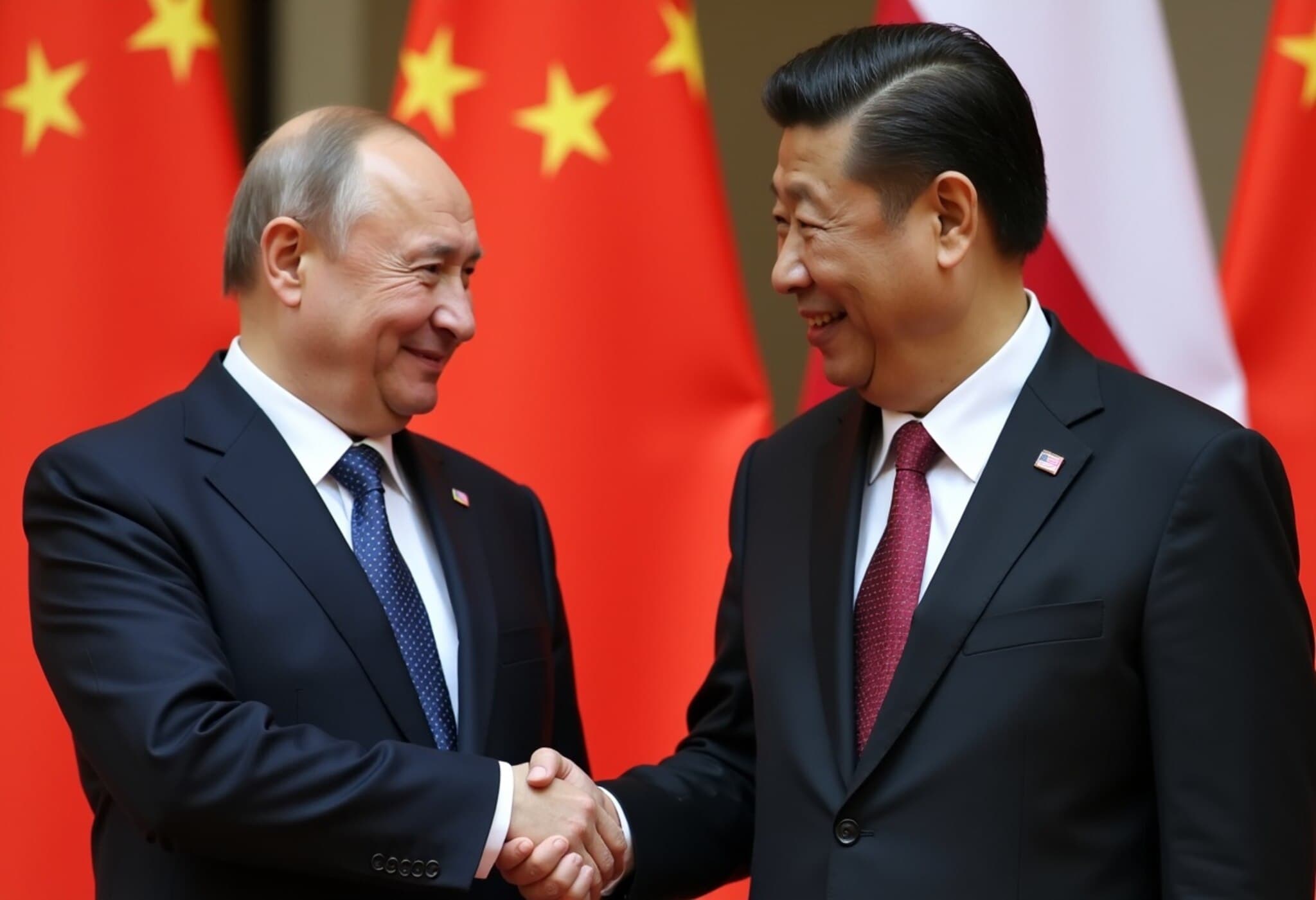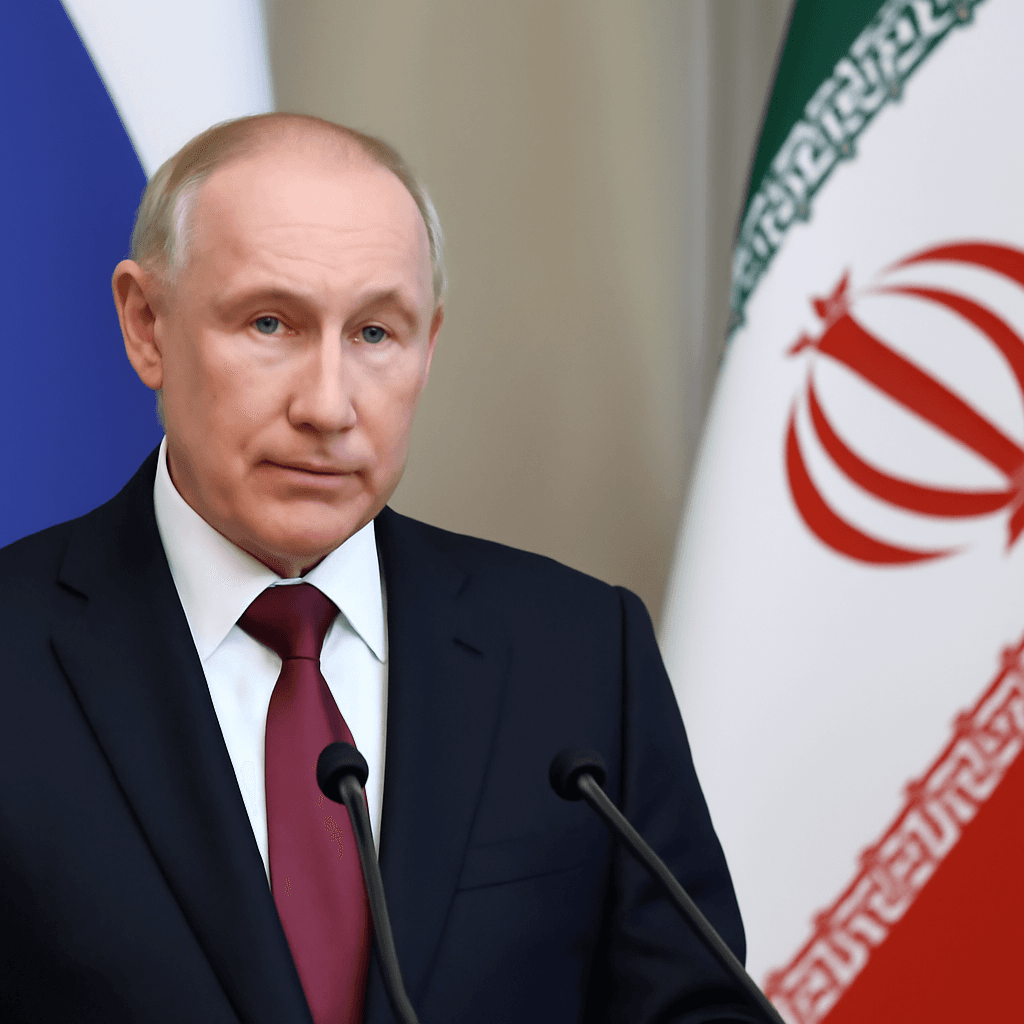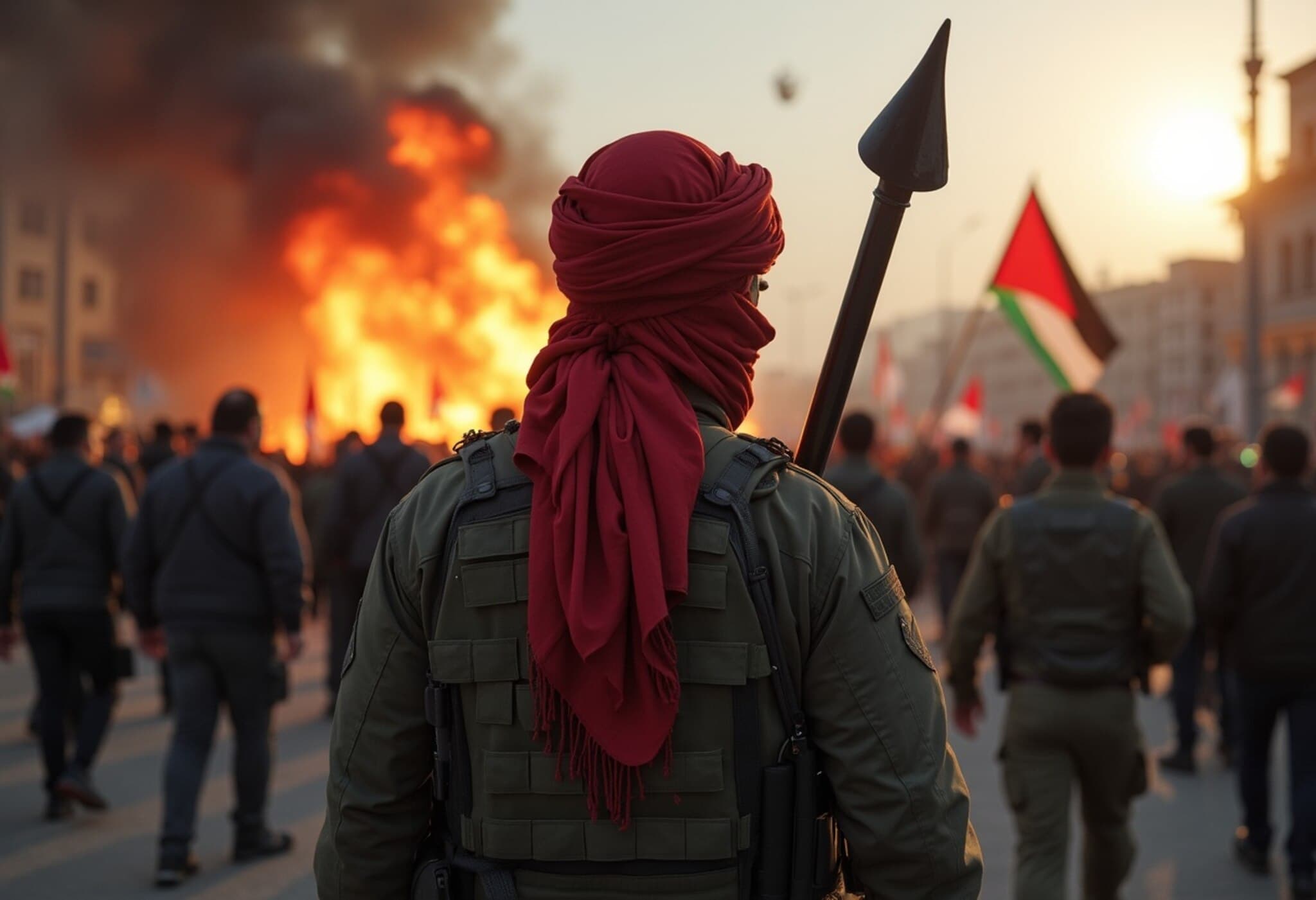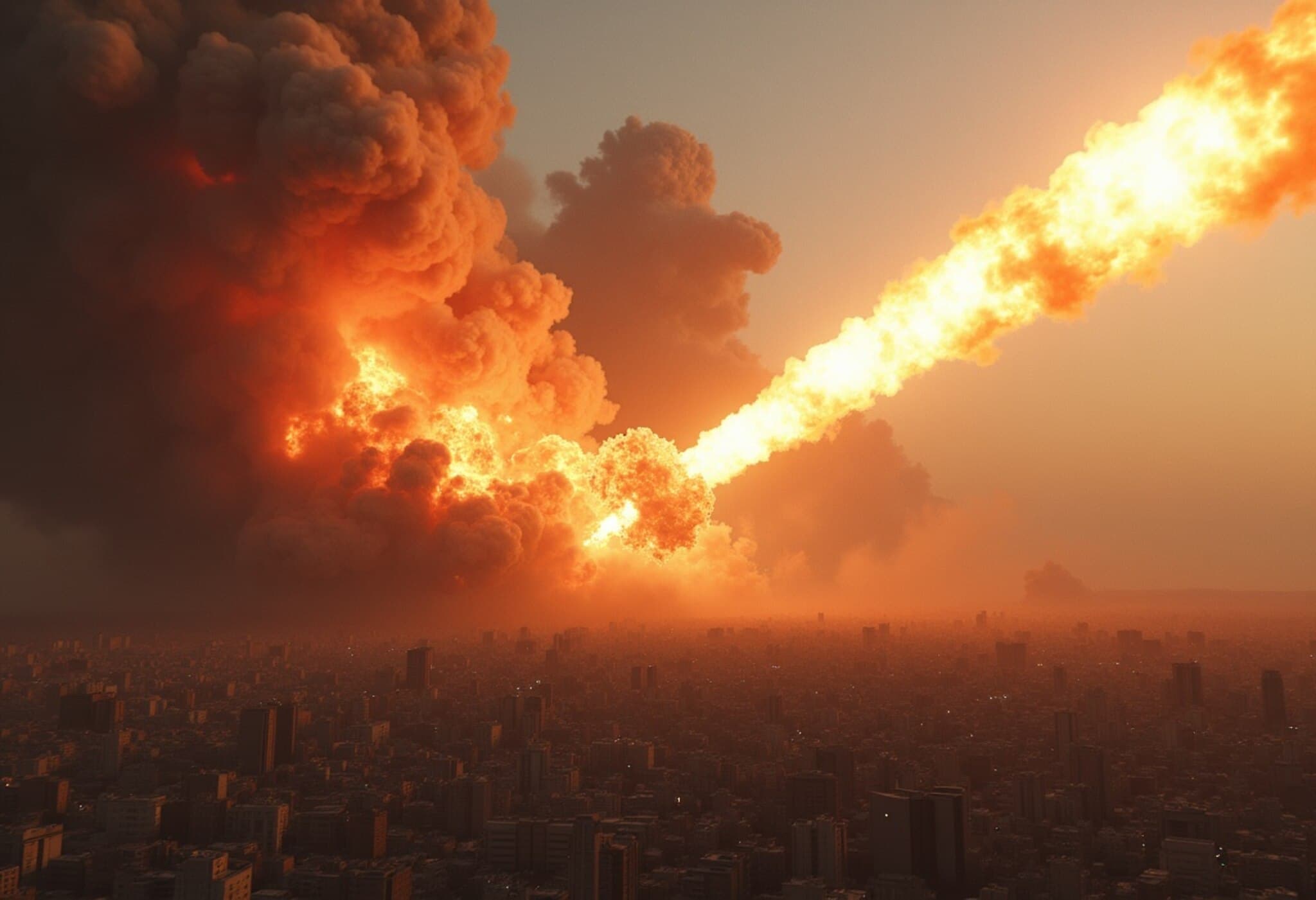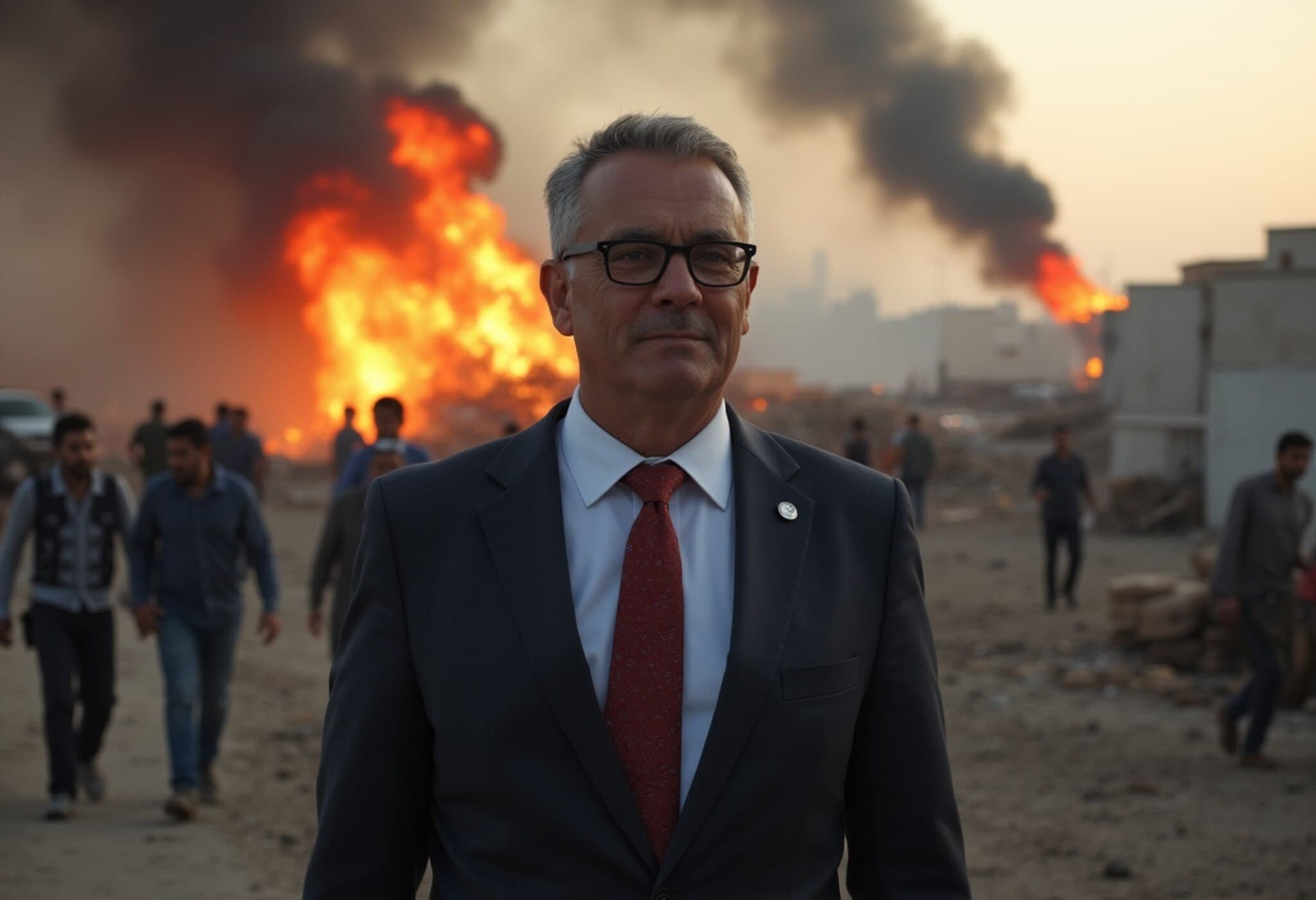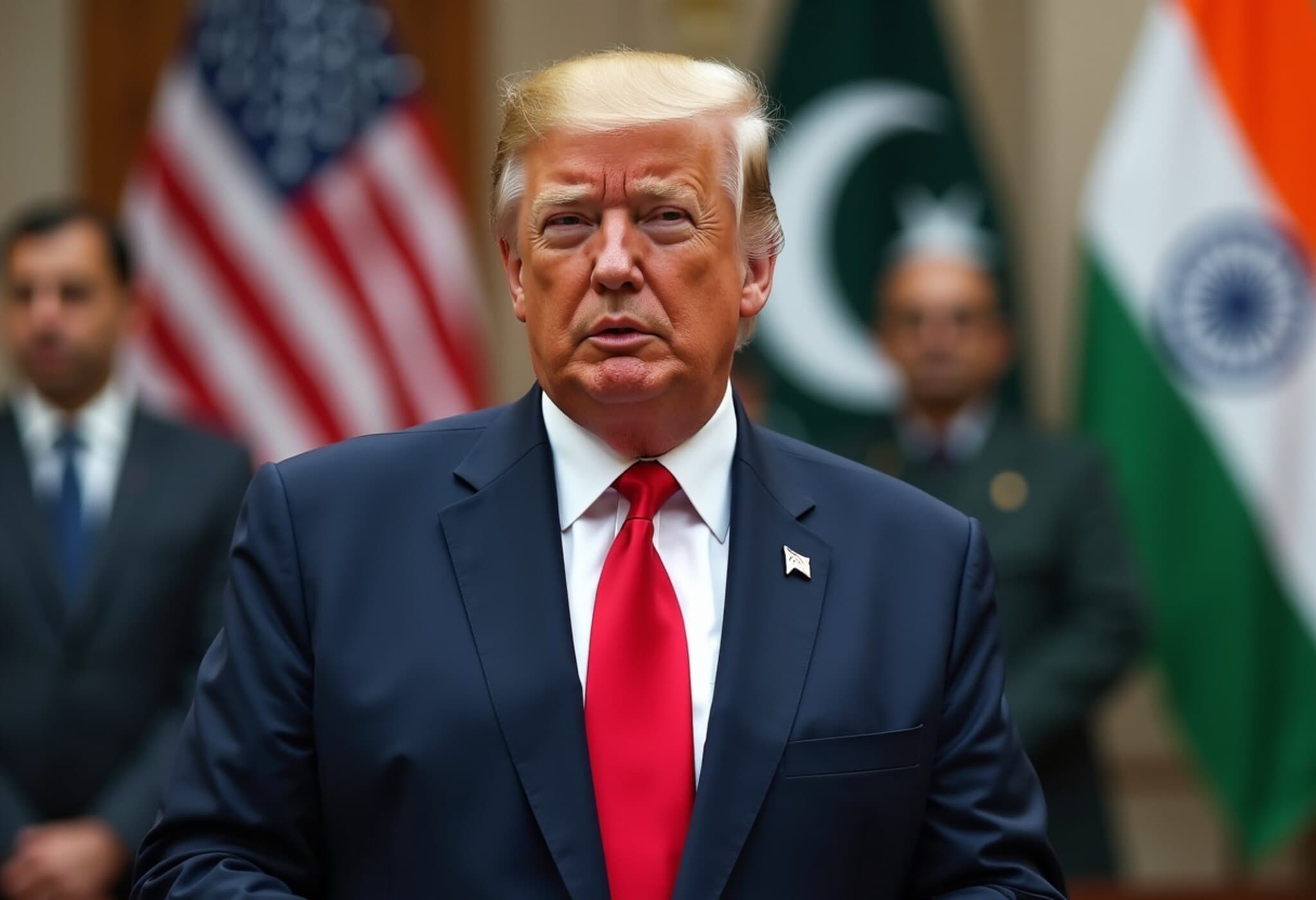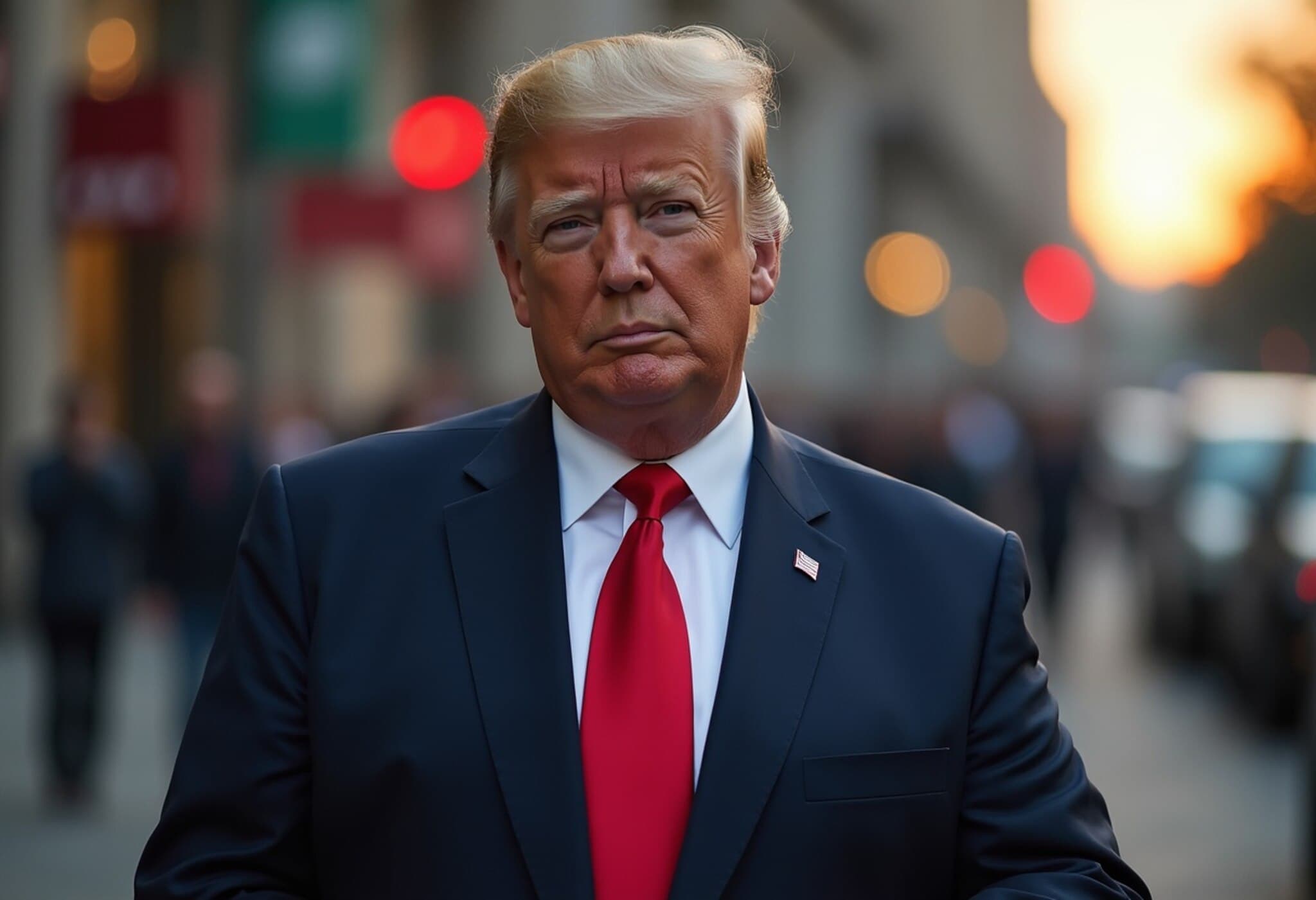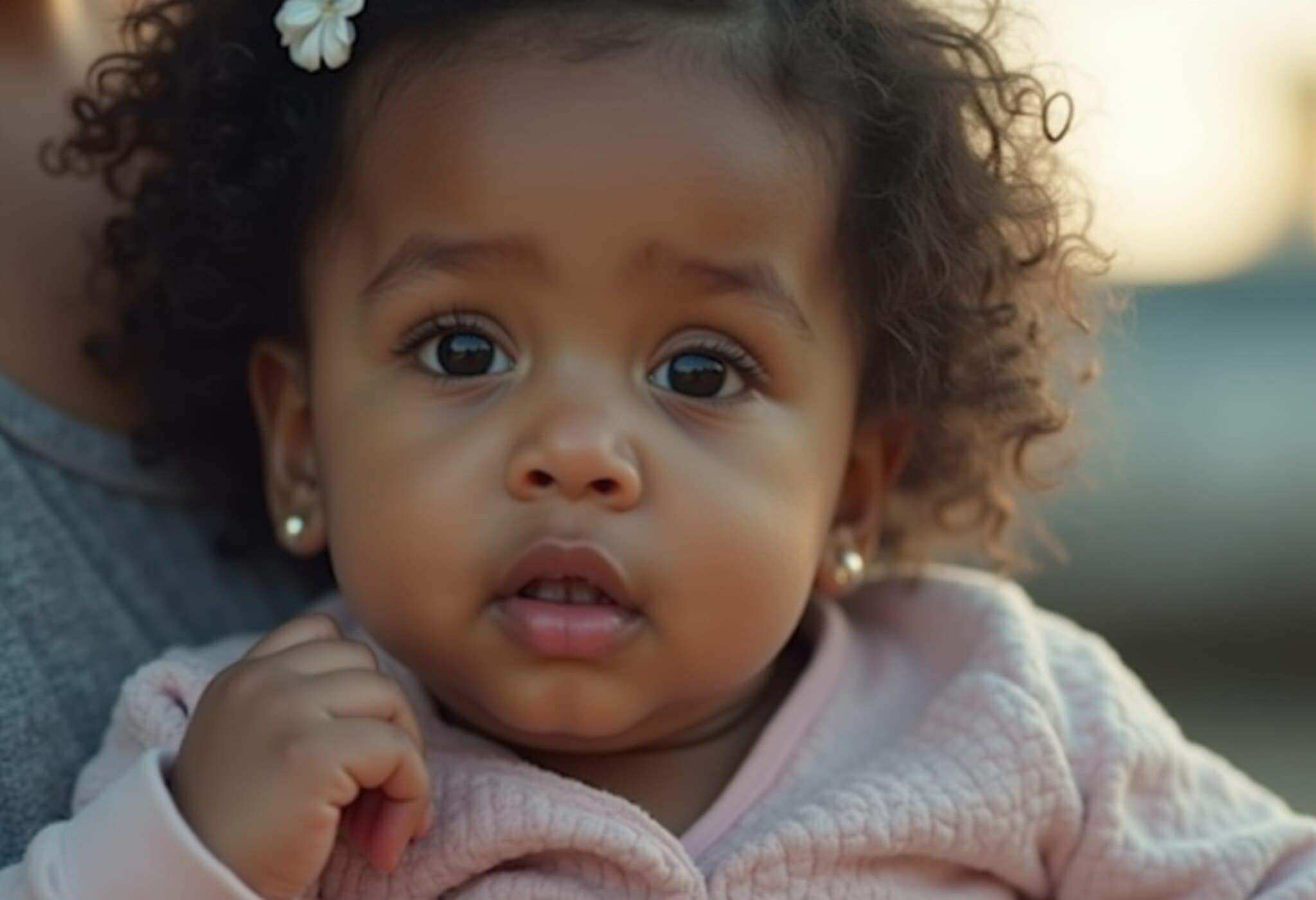Historic Peace Agreement Signed Between Rwanda and Democratic Republic of Congo
On June 27, 2025, a landmark peace agreement was signed in Washington, D.C., aiming to end decades of brutal conflict between Rwanda and the Democratic Republic of Congo (DRC). This U.S.-brokered accord represents a significant diplomatic milestone amid ongoing violence that has displaced millions and claimed thousands of lives this year alone.
Diplomatic Ceremony and U.S. Involvement
During a high-profile signing ceremony hosted by U.S. Secretary of State Marco Rubio at the State Department, the foreign ministers of Rwanda and the DRC sealed the deal, which was later celebrated by President Trump at the White House. The President described the event as a "glorious triumph" and underscored the long-awaited nature of the accord.
President Trump highlighted the administration's role in mediating the agreement and emphasized the strategic importance of the DRC’s mineral resources, including gold, copper, lithium, and cobalt, which are vital to global technology sectors. He also warned of stringent financial penalties should the terms of the treaty be violated, signaling Washington’s commitment to enforcement.
Key Provisions and Challenges Ahead
The agreement stresses respecting the sovereignty and territorial integrity of both nations, promising to halt hostilities and cease support for armed groups. It also sets out plans for a regional economic integration framework within 90 days to foster trade and investment, particularly targeting critical mineral supply chains.
However, the treaty lacks detailed mechanisms for implementation, especially regarding the M23 rebel group that has played a central role in the conflict. Supported by Rwanda according to various analysts and international bodies, the M23 was notably absent from negotiations, casting doubt on how effectively the agreement can immediately halt violence.
Monitoring and verification of the withdrawal of Rwandan forces from Eastern Congo is slated for completion within three months, alongside Congolese operations targeting the FDLR militia, which Rwanda cites as a security threat.
Mixed Reactions and Regional Implications
Locals in the conflict-ridden region express cautious skepticism about the prospects for peace, urging that ceasefire agreements must not jeopardize their rights or sovereignty. Observers note that the peace deal represents only a step toward resolving entrenched tensions.
Political analysts warn that lasting peace may depend heavily on ongoing parallel talks, such as those facilitated in Qatar involving the Congolese government and rebel groups. Furthermore, Rwanda’s commitment to lift its "defensive measures" remains ambiguous, with uncertainty over troop withdrawals continuing to fuel mistrust.
Strategic and Economic Dimensions
The deal also carries significant economic implications. By opening opportunities for U.S. investment in the mineral-rich region, the agreement aims to counterbalance Chinese influence. It outlines the establishment of joint security coordination mechanisms and commits to facilitating humanitarian access for millions displaced by the conflict.
Experts highlight that securing mineral supply chains may incentivize peace efforts, but acknowledge that the complexity of armed groups and regional dynamics pose formidable obstacles.
Looking Ahead: Implementation and Enforcement
The Congolese and Rwandan presidents are expected to visit Washington soon to finalize the full suite of agreements, reinforcing the U.S.'s role as a central mediator. Whether this diplomatic momentum translates into durable peace remains to be seen as fighting persists on the ground.
As negotiations continue and international attention remains focused, the global community watches closely, hopeful yet wary, that this treaty can become a foundation for peace and prosperity in a region long plagued by conflict.

